- Home
- Industry Reports
- Biotechnology
- Healthcare
- Global Live Cell Imaging Market – Size, Outlook, Trends and Forecast (2024 – 2032)
Live cell imaging is the study of cells in real time using the images achieved from screening systems and microscopes. It provides information with more precision which plays a vital role in understanding cell dynamics in research fields. The global live cell imaging market will be growing at a CAGR of 8.8% to reach $9.02 Billion by 2025 from $5.44 Billion in 2019 during the forecast period. The live cell imaging market growth can be attributed by the factors such as huge government funding for cell-based research, rising incidences of cancer, and adoption of high content screening techniques. However, lack of skilled professionals and high cost of high content screening systems are restraining the market growth. High usage of live cell imaging in high content screening systems and applications of live cell imaging in personalized medicine offers growth opportunities to the market.
Research Study Objectives:
- Define, estimate, and forecast the live cell imaging market statistics by product, technology, application, and regions concerning the individual growth drivers, market trends and their contribution toward the live cell imaging market growth.
- Provides comprehensive information regarding the key factors influencing the market growth (Drivers, Restraints &Challenges, and Opportunities)
- Estimate & forecast the market size of all the segments concerning geographies including North America, Europe, Asia Pacific (APAC), South America and the Middle East and Africa (MEA).
- Recent competitive developments including M&A (Mergers and Acquisitions), Partnerships, and Product Innovations are provided in the live cell imaging market Analysis report.
- Analysis and conclusions on the future live cell imaging market outlook.
Top-down and bottom-up approaches are used to validate the live cell imaging market size and are used to estimate the size of other dependent submarkets. Key players in the market are identified through various secondary sources; databases including Bloomberg Businessweek, Hoovers, Factiva, journals and associations and the market revenues are estimated and are thoroughly validated through primary and secondary research. Secondary research involves the study of annual and financial reports of top players in the market, whereas primary research includes extensive interviews with the KoL’s such as CEOs, directors, board members, VP’s, sales managers, engineers, marketing executives, technicians, account managers, investors, strategic decision makers and others. The live cell imaging market shares and breakdowns are determined using secondary sources and are verified by the primary sources. All possible parameters/factors that are affecting the Live cell imaging market demand are covered in the research study are verified through primary research, analysed and interpreted to get the final qualitative and quantitative data. This data is collected and added with detailed analysis from Envision Inteligence and presented in this report.
The scope of the Report
The live cell imaging market segmentation is as follows:
By Product
- Instruments
- Standalone Systems
- Microscopes
- Conventional Microscopes
- Confocal Microscopes
- Advanced Fluorescence Microscopes
- Cell Analyzers
- Image Capturing Devices
- Consumables
- Assay Kits
- Reagents
- Media
- Others
- Software
By Technology
- Fluorescence Resonance Energy Transfer
- High-Content Screening
- Fluorescence Recovery after Photobleaching
- Fluorescence in Situ Hybridization
- Ratiometric Imaging
- Total Internal Reflection Fluorescence Microscopy
- Multiphoton Excitation Microscopy
- Others
By Application
- Cell Biology
- Stem Cells
- Developmental Biology
- Drug Discovery
Geographical Analysis:
Live cell imaging market is segmented by geography into North America, South America, Europe, APAC and Middle East & Africa. U.S., Canada, Mexico and Costa Rica are analysed under North American region which is usually turning as the hotspot in the market. The South American region is further segregated into Brazil, Argentina, Chile, Columbia and some other emerging economies. In Europe, the market is extensively examined by covering U.K., Germany, France, Italy, Spain, Netherlands, Poland, Switzerland and some other promising economies. APAC is further categorised by countries into China, India, Japan, South Korea, Australia & New Zealand, Malaysia, Singapore and many other emerging nations. In the Middle East & African region, Saudi Arabia, UAE, Iran, Iraq, Qatar, South Africa, Algeria, Morocco, Nigeria and so on countries are evaluated to understand the market growth lucidly.
Customizations Options:
With the given research report, Envision Inteligence offers customisations as per the client’s specific requirements. The following customisation options offered for the live cell imaging market include:
- Scope Revision
- Geographic Analysis
- Company Profiles
- Historical Data & Forecasting
- Key Contact Persons in companies
Global Live Cell Imaging Market Research Report Includes:
- An executive summary condensing the whole report such that essential authority can rapidly twist up doubtlessly acquainted with brief overview and conclusion.
- To have a complete market analysis through industry value chain analysis, Porter’s Five Force Model, PESTLE, SWOTanalysis, and Y-o-Y analysis.
- Regional and global diversity is analysed with the major countries and the unions. Scrutinizing the revenue generation on Year-On-
- Identifying DROC in the current market and their impact on altering market dynamics.
- Competitive landscape analysis to identify the merger and acquisition which will have a comparative financial study with significant competitors.
- Expertise investment opportunities by an analyst to the individual and organisation to have a better foothold in the market.
- Identify the latest developments, market shares and strategies that are employed by the significant live cell imaging market players, such as
- Sigma-Aldrich Corporation
- Nikon Corporation
- Thermo Fisher Scientific Inc.
- Olympus Corporation
- PerkinElmer Inc.
- Along with these companies, many other companies are considered in the report while analysing the global live cell imaging competitive strategies and environment. These companies held substantial share-owning to the nature of the industry whereas, the rest of the market shares are marginal chunks to regional and local level manufacturers. Other players also have considerable presence owing to its robust brand image, geographical reach and stable customer base.
CHAPTER 1. INTRODUCTION
1.1. Market Definition
1.2. Executive Summary
1.3. The Scope of the Study
CHAPTER 2. RESEARCH METHODOLOGY
2.1. Secondary Research
2.2. Primary Research
2.3. Analytic Tools and Model
2.4. Economic Indicator
2.4.1 Base Year, Base Currency, Forecasting Period
2.5. Expert Validation
2.6. Study Timeline
CHAPTER 3. MARKET ANALYSIS
3.1. Industry Value Chain Analysis
3.2. Porter’s Five Force Analysis
3.2.1. Bargaining Power of Buyers
3.2.2. Bargaining Power of Suppliers
3.2.3. Threats of Substitutes
3.2.4. Threats of New Entrants
3.2.5. Degree of Competition
3.3. PESTLE Analysis
3.3.1. Political
3.3.2. Economical
3.3.3. Social
3.3.4. Technological
3.3.5. Legal
3.3.6. Environmental
3.4. SWOT Analysis
3.4.1. Strengths
3.4.2. Weakness
3.4.3. Opportunities
3.4.4. Threats
3.5. Y-O-Y Analysis
CHAPTER 4. MARKET DYNAMICS
4.1. Market Drivers
4.1.1. Increasing prevalence of chronic diseases
4.1.2. Growing funding for development of efficient live cell imaging techniques
4.1.3. Increasing usage of high content screening techniques in drug discovery
4.1.4. Government funding for cell-based research
4.1.5. Wide area applications of live cell imaging
4.2.Market Restraints & Challenges
4.2.1. Expensive cost of high content screening systems
4.2.2. Lack of skilled professionals
4.2.3. Maintaining cell viability & cellular environment in the culture
4.3.Market Opportunities
4.3.1. Adoption of HCS for primary screening& emerging economies
4.3.2. Applications of live cell imaging techniques in personalised medicine
CHAPTER 5. GLOBAL LIVE CELL IMAGING MARKET– BY PRODUCT
5.1. Instruments
5.1.1. Standalone Systems
5.1.2. Microscopes
5.1.2.1.Conventional Microscopes
5.1.2.2. Confocal Microscopes
5.1.2.3. Advanced Fluorescence Microscopes
5.1.3. Cell Analyzers
5.1.5. Image Capturing Devices
5.2. Consumables
5.2.1. Assay Kits
5.2.2. Reagents
5.2.3. Media
5.2.4. Others
5.3. Software
CHAPTER 6. GLOBAL LIVE CELL IMAGING MARKET – BY TECHNOLOGY
6.1. Fluorescence Resonance Energy Transfer
6.2. High-Content Screening
6.3. Fluorescence Recovery after Photobleaching
6.4. Fluorescence in Situ Hybridization
6.5. Ratiometric Imaging
6.6. Total Internal Reflection Fluorescence Microscopy
6.7. Multiphoton Excitation Microscopy
6.8. Others
CHAPTER 7. GLOBAL LIVE CELL IMAGING MARKET – BY APPLICATION
7.1. Cell Biology
7.2. Stem Cells
7.3. Developmental Biology
7.4. Drug Discovery
CHAPTER 8. GLOBAL LIVE CELL IMAGING MARKET – BY GEOGRAPHY
8.1. Introduction
8.2. North America
8.2.1. U.S.
8.2.2. Canada
8.2.3. Mexico
8.2.4. Costa Rica
8.3. South America
8.3.1. Brazil
8.3.2. Argentina
8.3.3. Chile
8.3.4. Columbia
8.3.5. Others
8.4. Europe
8.4.1. U.K.
8.4.2. Germany
8.4.3. France
8.4.4. Italy
8.4.5. Spain
8.4.6. Russia
8.4.7. Netherlands
8.4.8. Switzerland
8.4.9. Poland
8.4.10. Others
8.5. APAC
8.5.1. China
8.5.2. Japan
8.5.3. India
8.5.4. South Korea
8.5.5. Australia & New Zealand
8.5.6. Malaysia
8.5.7. Singapore
8.5.8. Others
8.6. Middle East & Africa
8.6.1. UAE
8.6.2. Saudi Arabia
8.6.3. Iran
8.6.4. Iraq
8.6.5. Qatar
8.6.6. South Africa
8.6.7. Algeria
8.6.8. Morocco
8.6.9. Nigeria
8.6.10. Egypt
8.6.11. Others
CHAPTER 9. GLOBAL LIVE CELL IMAGING MARKET – COMPANY PROFILES
9.1. Nikon Corporation
9.2. Beckton, Dickinson and Company
9.3. GE Healthcare
9.4. Olympus Corporation
9.5. Thermo Fisher Scientific
9.6. Sigma-Aldrich Corporation
9.7. Carl Zeiss Meditec AG
9.8. Leica Microsystems
9.9. PerkinElmer Inc.
9.10. Molecular Devices, LLC
9.11. Danaher Corporation
9.12. Biotech Instruments
CHAPTER 10. GLOBAL LIVE CELL IMAGING MARKET – COMPETITIVE
LANDSCAPE
10.1. Market Share Analysis
10.2. Strategies adopted by top companies
10.3.Mergers, Acquisitions, Collaborations & Agreements
CHAPTER 11. MARKET INSIGHTS
11.1. Industry Experts Insights
11.2. Analysts Opinions
11.3. Investment Opportunities
CHAPTER 12. APPENDIX
12.1. List of Tables
12.2. List of Figures
- Competitive Analysis in marketing and strategic management is an assessment of the strengths and weaknesses of current and potential competitors.
- Monitoring the external and internal factors which affect the market dynamics with the aid of PESTLE analysis.
- The Regional and Global Variety is taken care of in the report.
- Year on Year basis generation of revenue is studied.
- Porter's Five Forces analyze the intensity of competition in an industry and its profitability level.
- The overview and the sustainability of the market are analyzed through SWOT.
- DROC (Drivers, Restraints, Opportunities and Challenges) is recognized in the current market scenario and see how its effect on market dynamics.
- The segment-level analysis in terms of type and technology.
- The value chain analysis, value that's created and captured by a company is the profit margin.
- Value Created and Captured – Cost of Creating that Value = Margin
- An executive summary consists of the whole report and the outcome is been given in the report to have brief knowledge about the report.
- Basis on the depth of the study we approach using analytical tools
- Expertise investment opportunities are given after analyzing the market to give the organization and the individual to have perfect knowledge about the market.
Global Report
$2,700.00 – $8,100.00
- EUR: €2,489.86 - €7,469.57
- INR: ₹225,053.86 - ₹675,161.59
- AED: د.إ9,909.00 - د.إ29,727.00
- GBP: £2,133.43 - £6,400.30
Additional information
| Report Type | Extensive Report, Miniature report, Snapshot Report |
|---|---|
| Licence | Single User License, Team License, Corporate License |
Live cell imaging is the study of cells in real time using the images achieved from screening systems and microscopes. It provides information with more precision which plays a vital role in understanding cell dynamics in research fields. The global live cell imaging market will be growing at a CAGR of 8.8% to reach $9.02 Billion by 2025 from $5.44 Billion in 2019 during the forecast period. The live cell imaging market growth can be attributed by the factors such as huge government funding for cell-based research, rising incidences of cancer, and adoption of high content screening techniques. However, lack of skilled professionals and high cost of high content screening systems are restraining the market growth. High usage of live cell imaging in high content screening systems and applications of live cell imaging in personalized medicine offers growth opportunities to the market.
Research Study Objectives:
- Define, estimate, and forecast the live cell imaging market statistics by product, technology, application, and regions concerning the individual growth drivers, market trends and their contribution toward the live cell imaging market growth.
- Provides comprehensive information regarding the key factors influencing the market growth (Drivers, Restraints &Challenges, and Opportunities)
- Estimate & forecast the market size of all the segments concerning geographies including North America, Europe, Asia Pacific (APAC), South America and the Middle East and Africa (MEA).
- Recent competitive developments including M&A (Mergers and Acquisitions), Partnerships, and Product Innovations are provided in the live cell imaging market Analysis report.
- Analysis and conclusions on the future live cell imaging market outlook.
Top-down and bottom-up approaches are used to validate the live cell imaging market size and are used to estimate the size of other dependent submarkets. Key players in the market are identified through various secondary sources; databases including Bloomberg Businessweek, Hoovers, Factiva, journals and associations and the market revenues are estimated and are thoroughly validated through primary and secondary research. Secondary research involves the study of annual and financial reports of top players in the market, whereas primary research includes extensive interviews with the KoL’s such as CEOs, directors, board members, VP’s, sales managers, engineers, marketing executives, technicians, account managers, investors, strategic decision makers and others. The live cell imaging market shares and breakdowns are determined using secondary sources and are verified by the primary sources. All possible parameters/factors that are affecting the Live cell imaging market demand are covered in the research study are verified through primary research, analysed and interpreted to get the final qualitative and quantitative data. This data is collected and added with detailed analysis from Envision Inteligence and presented in this report.
The scope of the Report
The live cell imaging market segmentation is as follows:
By Product
- Instruments
- Standalone Systems
- Microscopes
- Conventional Microscopes
- Confocal Microscopes
- Advanced Fluorescence Microscopes
- Cell Analyzers
- Image Capturing Devices
- Consumables
- Assay Kits
- Reagents
- Media
- Others
- Software
By Technology
- Fluorescence Resonance Energy Transfer
- High-Content Screening
- Fluorescence Recovery after Photobleaching
- Fluorescence in Situ Hybridization
- Ratiometric Imaging
- Total Internal Reflection Fluorescence Microscopy
- Multiphoton Excitation Microscopy
- Others
By Application
- Cell Biology
- Stem Cells
- Developmental Biology
- Drug Discovery
Geographical Analysis:
Live cell imaging market is segmented by geography into North America, South America, Europe, APAC and Middle East & Africa. U.S., Canada, Mexico and Costa Rica are analysed under North American region which is usually turning as the hotspot in the market. The South American region is further segregated into Brazil, Argentina, Chile, Columbia and some other emerging economies. In Europe, the market is extensively examined by covering U.K., Germany, France, Italy, Spain, Netherlands, Poland, Switzerland and some other promising economies. APAC is further categorised by countries into China, India, Japan, South Korea, Australia & New Zealand, Malaysia, Singapore and many other emerging nations. In the Middle East & African region, Saudi Arabia, UAE, Iran, Iraq, Qatar, South Africa, Algeria, Morocco, Nigeria and so on countries are evaluated to understand the market growth lucidly.
Customizations Options:
With the given research report, Envision Inteligence offers customisations as per the client’s specific requirements. The following customisation options offered for the live cell imaging market include:
- Scope Revision
- Geographic Analysis
- Company Profiles
- Historical Data & Forecasting
- Key Contact Persons in companies
Global Live Cell Imaging Market Research Report Includes:
- An executive summary condensing the whole report such that essential authority can rapidly twist up doubtlessly acquainted with brief overview and conclusion.
- To have a complete market analysis through industry value chain analysis, Porter’s Five Force Model, PESTLE, SWOTanalysis, and Y-o-Y analysis.
- Regional and global diversity is analysed with the major countries and the unions. Scrutinizing the revenue generation on Year-On-
- Identifying DROC in the current market and their impact on altering market dynamics.
- Competitive landscape analysis to identify the merger and acquisition which will have a comparative financial study with significant competitors.
- Expertise investment opportunities by an analyst to the individual and organisation to have a better foothold in the market.
- Identify the latest developments, market shares and strategies that are employed by the significant live cell imaging market players, such as
- Sigma-Aldrich Corporation
- Nikon Corporation
- Thermo Fisher Scientific Inc.
- Olympus Corporation
- PerkinElmer Inc.
- Along with these companies, many other companies are considered in the report while analysing the global live cell imaging competitive strategies and environment. These companies held substantial share-owning to the nature of the industry whereas, the rest of the market shares are marginal chunks to regional and local level manufacturers. Other players also have considerable presence owing to its robust brand image, geographical reach and stable customer base.
CHAPTER 1. INTRODUCTION
1.1. Market Definition
1.2. Executive Summary
1.3. The Scope of the Study
CHAPTER 2. RESEARCH METHODOLOGY
2.1. Secondary Research
2.2. Primary Research
2.3. Analytic Tools and Model
2.4. Economic Indicator
2.4.1 Base Year, Base Currency, Forecasting Period
2.5. Expert Validation
2.6. Study Timeline
CHAPTER 3. MARKET ANALYSIS
3.1. Industry Value Chain Analysis
3.2. Porter’s Five Force Analysis
3.2.1. Bargaining Power of Buyers
3.2.2. Bargaining Power of Suppliers
3.2.3. Threats of Substitutes
3.2.4. Threats of New Entrants
3.2.5. Degree of Competition
3.3. PESTLE Analysis
3.3.1. Political
3.3.2. Economical
3.3.3. Social
3.3.4. Technological
3.3.5. Legal
3.3.6. Environmental
3.4. SWOT Analysis
3.4.1. Strengths
3.4.2. Weakness
3.4.3. Opportunities
3.4.4. Threats
3.5. Y-O-Y Analysis
CHAPTER 4. MARKET DYNAMICS
4.1. Market Drivers
4.1.1. Increasing prevalence of chronic diseases
4.1.2. Growing funding for development of efficient live cell imaging techniques
4.1.3. Increasing usage of high content screening techniques in drug discovery
4.1.4. Government funding for cell-based research
4.1.5. Wide area applications of live cell imaging
4.2.Market Restraints & Challenges
4.2.1. Expensive cost of high content screening systems
4.2.2. Lack of skilled professionals
4.2.3. Maintaining cell viability & cellular environment in the culture
4.3.Market Opportunities
4.3.1. Adoption of HCS for primary screening& emerging economies
4.3.2. Applications of live cell imaging techniques in personalised medicine
CHAPTER 5. GLOBAL LIVE CELL IMAGING MARKET– BY PRODUCT
5.1. Instruments
5.1.1. Standalone Systems
5.1.2. Microscopes
5.1.2.1.Conventional Microscopes
5.1.2.2. Confocal Microscopes
5.1.2.3. Advanced Fluorescence Microscopes
5.1.3. Cell Analyzers
5.1.5. Image Capturing Devices
5.2. Consumables
5.2.1. Assay Kits
5.2.2. Reagents
5.2.3. Media
5.2.4. Others
5.3. Software
CHAPTER 6. GLOBAL LIVE CELL IMAGING MARKET – BY TECHNOLOGY
6.1. Fluorescence Resonance Energy Transfer
6.2. High-Content Screening
6.3. Fluorescence Recovery after Photobleaching
6.4. Fluorescence in Situ Hybridization
6.5. Ratiometric Imaging
6.6. Total Internal Reflection Fluorescence Microscopy
6.7. Multiphoton Excitation Microscopy
6.8. Others
CHAPTER 7. GLOBAL LIVE CELL IMAGING MARKET – BY APPLICATION
7.1. Cell Biology
7.2. Stem Cells
7.3. Developmental Biology
7.4. Drug Discovery
CHAPTER 8. GLOBAL LIVE CELL IMAGING MARKET – BY GEOGRAPHY
8.1. Introduction
8.2. North America
8.2.1. U.S.
8.2.2. Canada
8.2.3. Mexico
8.2.4. Costa Rica
8.3. South America
8.3.1. Brazil
8.3.2. Argentina
8.3.3. Chile
8.3.4. Columbia
8.3.5. Others
8.4. Europe
8.4.1. U.K.
8.4.2. Germany
8.4.3. France
8.4.4. Italy
8.4.5. Spain
8.4.6. Russia
8.4.7. Netherlands
8.4.8. Switzerland
8.4.9. Poland
8.4.10. Others
8.5. APAC
8.5.1. China
8.5.2. Japan
8.5.3. India
8.5.4. South Korea
8.5.5. Australia & New Zealand
8.5.6. Malaysia
8.5.7. Singapore
8.5.8. Others
8.6. Middle East & Africa
8.6.1. UAE
8.6.2. Saudi Arabia
8.6.3. Iran
8.6.4. Iraq
8.6.5. Qatar
8.6.6. South Africa
8.6.7. Algeria
8.6.8. Morocco
8.6.9. Nigeria
8.6.10. Egypt
8.6.11. Others
CHAPTER 9. GLOBAL LIVE CELL IMAGING MARKET – COMPANY PROFILES
9.1. Nikon Corporation
9.2. Beckton, Dickinson and Company
9.3. GE Healthcare
9.4. Olympus Corporation
9.5. Thermo Fisher Scientific
9.6. Sigma-Aldrich Corporation
9.7. Carl Zeiss Meditec AG
9.8. Leica Microsystems
9.9. PerkinElmer Inc.
9.10. Molecular Devices, LLC
9.11. Danaher Corporation
9.12. Biotech Instruments
CHAPTER 10. GLOBAL LIVE CELL IMAGING MARKET – COMPETITIVE
LANDSCAPE
10.1. Market Share Analysis
10.2. Strategies adopted by top companies
10.3.Mergers, Acquisitions, Collaborations & Agreements
CHAPTER 11. MARKET INSIGHTS
11.1. Industry Experts Insights
11.2. Analysts Opinions
11.3. Investment Opportunities
CHAPTER 12. APPENDIX
12.1. List of Tables
12.2. List of Figures
- Competitive Analysis in marketing and strategic management is an assessment of the strengths and weaknesses of current and potential competitors.
- Monitoring the external and internal factors which affect the market dynamics with the aid of PESTLE analysis.
- The Regional and Global Variety is taken care of in the report.
- Year on Year basis generation of revenue is studied.
- Porter's Five Forces analyze the intensity of competition in an industry and its profitability level.
- The overview and the sustainability of the market are analyzed through SWOT.
- DROC (Drivers, Restraints, Opportunities and Challenges) is recognized in the current market scenario and see how its effect on market dynamics.
- The segment-level analysis in terms of type and technology.
- The value chain analysis, value that's created and captured by a company is the profit margin.
- Value Created and Captured – Cost of Creating that Value = Margin
- An executive summary consists of the whole report and the outcome is been given in the report to have brief knowledge about the report.
- Basis on the depth of the study we approach using analytical tools
- Expertise investment opportunities are given after analyzing the market to give the organization and the individual to have perfect knowledge about the market.
Our Clientele
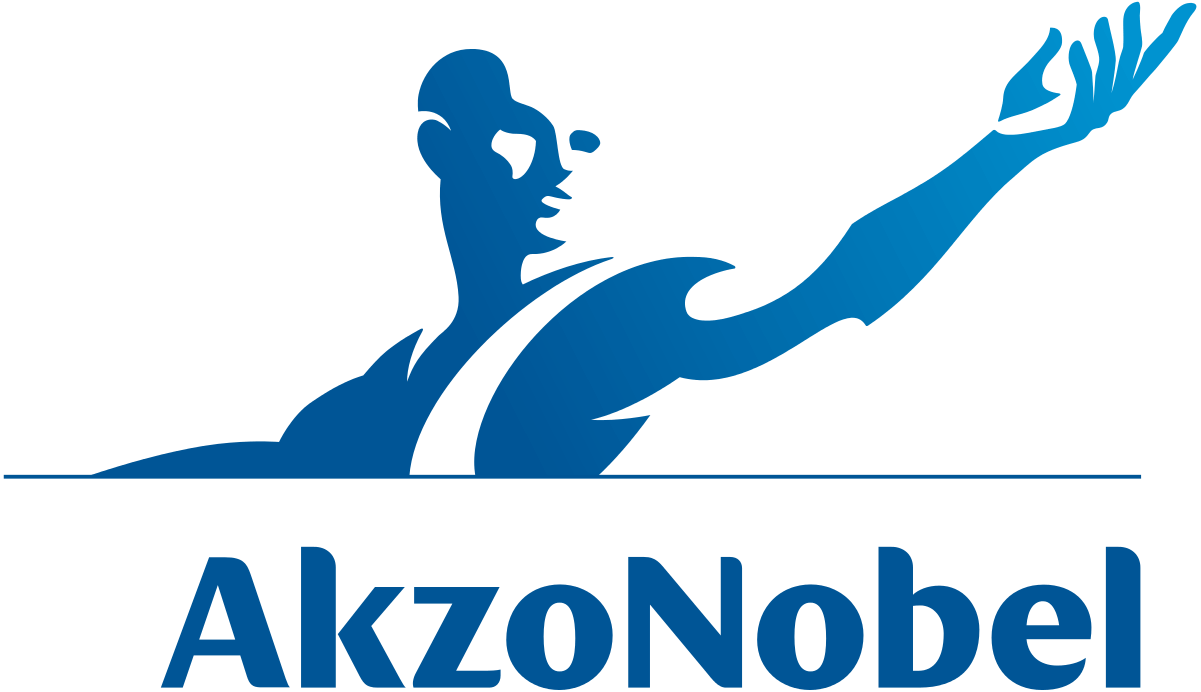



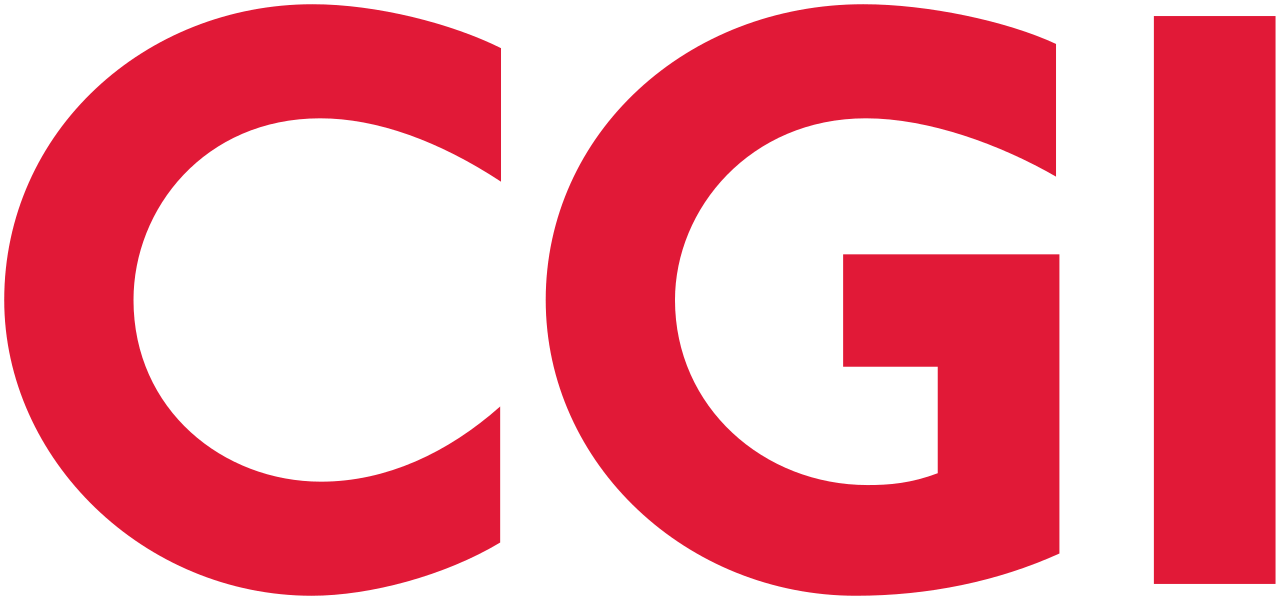









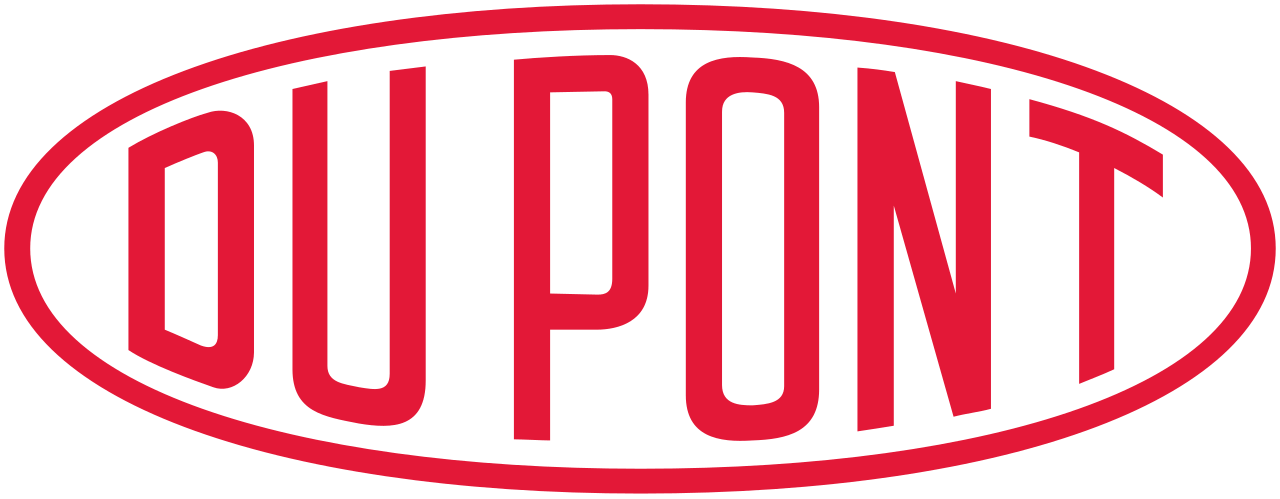
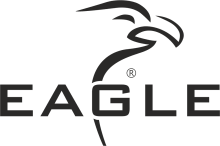


























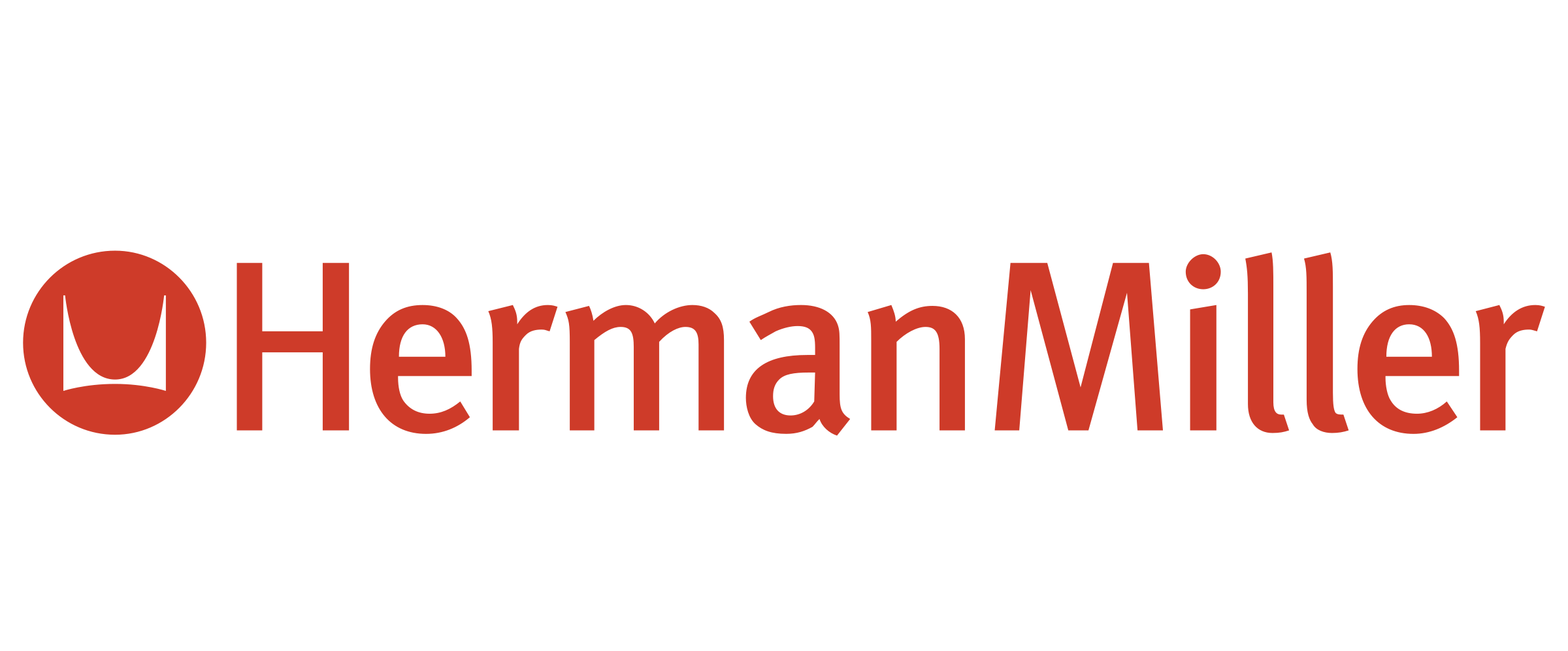
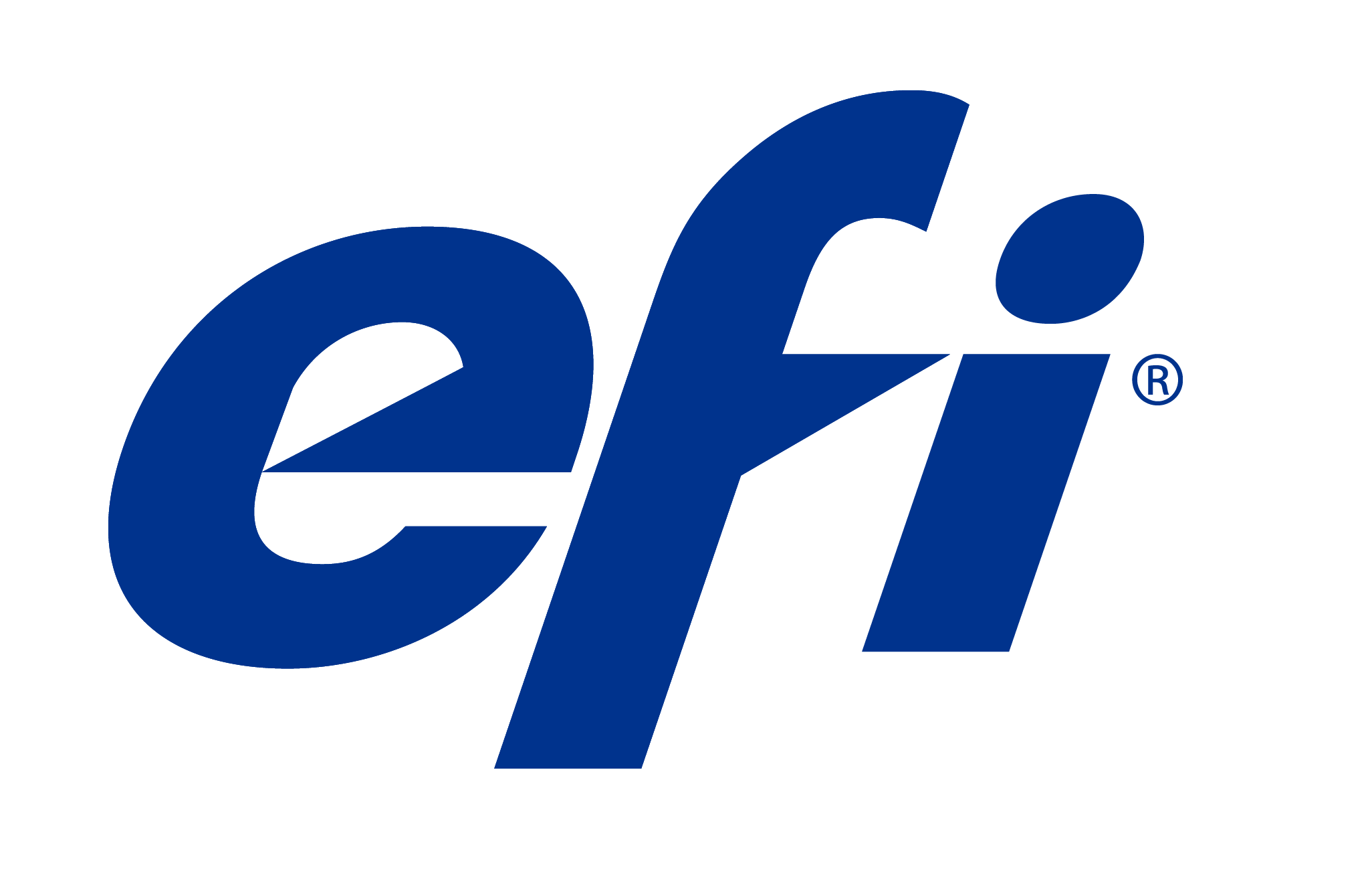

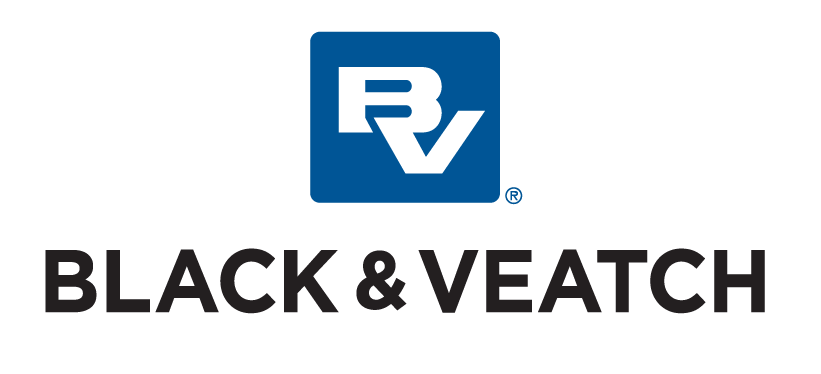
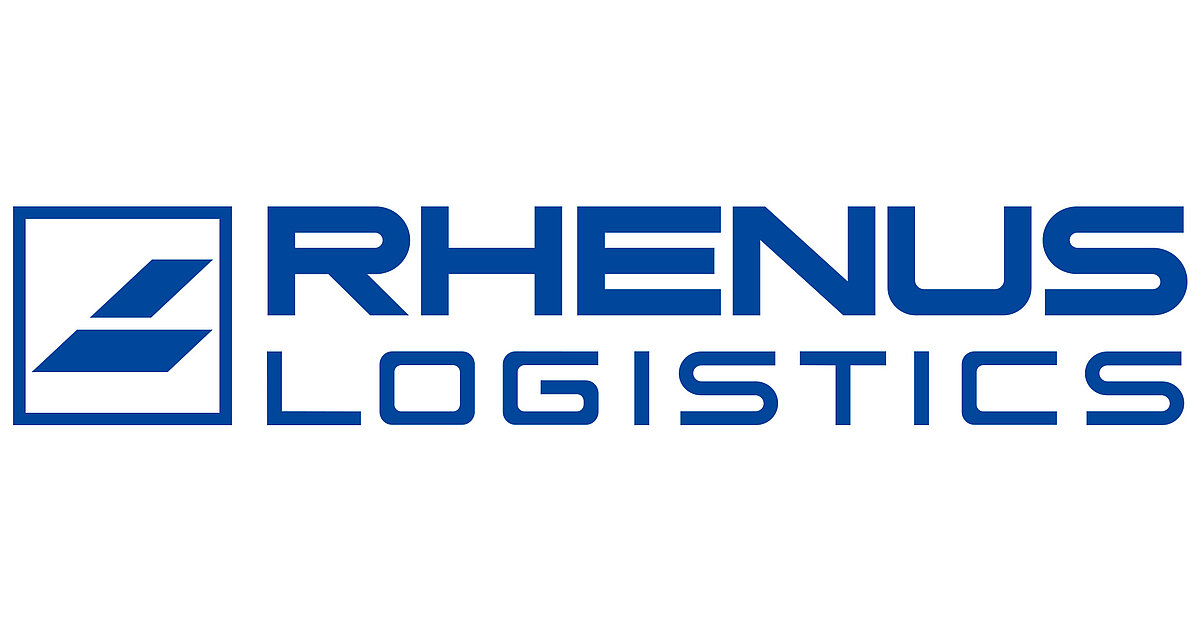

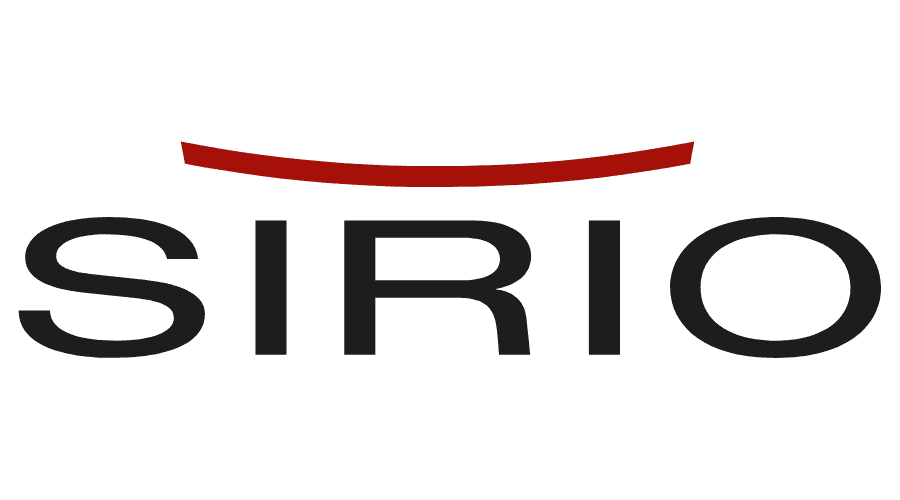

Exclusive Benefits
 Credibility and Transparency
Credibility and Transparency
We actively recruit consumers, business professionals, and hard-to-reach individuals as members of our research panels, and we build trusted, ongoing relationships with them. Thus we provide the complete list of primary and secondary data sources in the report to maintain the transparency and to assure the credibility.
 Exhaustive Coverage
Exhaustive Coverage
Detailed and extensive coverage in the geography.Survey consultation for brand tracking, concept testing, consumer behaviour, and more, we have you covered with market research services that scale to meet your needs.
 Competitive Edge
Competitive Edge
Our reports cover most recent updates in the market till the date of the purchase. We identify, gather and timely deliver analysis on impact of unprecedented decisions of CXOs in COVID-19 catastrophe on many businesses, their clients and their clients' clients without additional cost.
 Golden Opportunities
Golden Opportunities
A comprehensive strategic sieve analysis of the market by our analysts and consultants, aided by AI tools helps us find the non-obvious, golden and emerging opportunities for you to evaluate.
 Top-notch Reports Guaranteed
Top-notch Reports Guaranteed
70% of our research is exclusive; no other research firm has the depth and breadth of our research.
 Post Purchase Support
Post Purchase Support
Post-purchase support is provided for all our reports, for three months from the date of purchase, where related queries will be answered within 24 business hours over telephone or email.
 IND: (+91) 949418 5556
IND: (+91) 949418 5556 sales@envisionintelligence.com
sales@envisionintelligence.com










